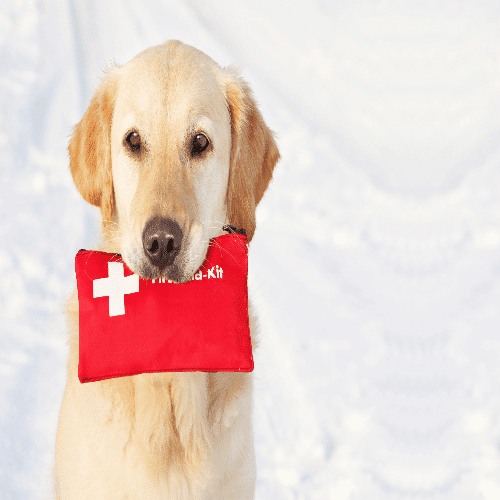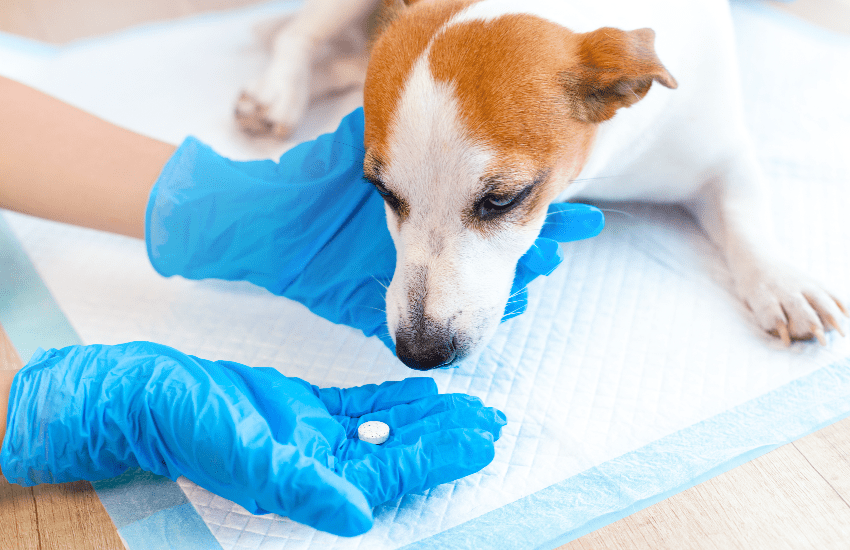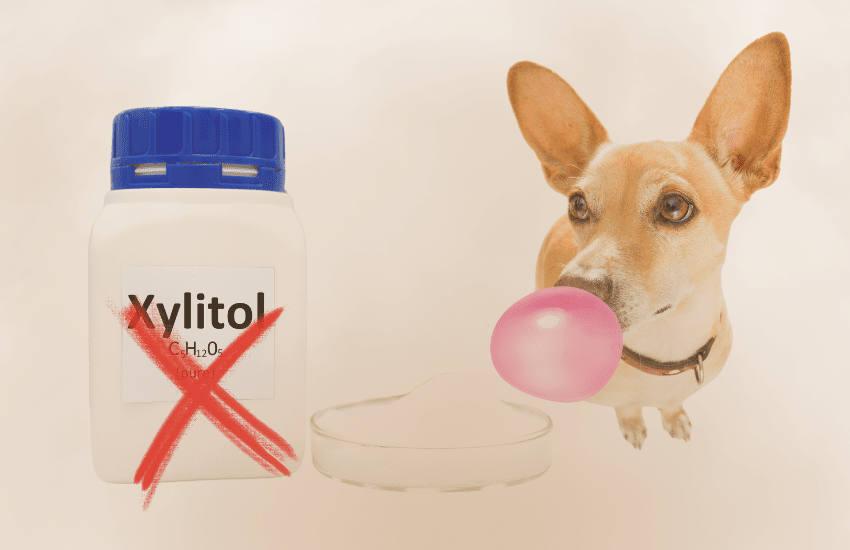Have you ever heard about Benadryl? Have you asked yourself how much Benadryl can give your dog? are you tired of watching your furry friend suffer from allergies or discomfort? If so, you may be surprised to learn that Benadryl could be the solution you’ve been searching for.
While most people are familiar with Benadryl as a human medication, it can also be used safely and effectively for dogs. In this article, we will explore the various uses of Benadryl for dogs, including its dosage guidelines and potential side effects. By the end, you’ll have all the information you need to confidently use Benadryl to improve your dog’s quality of life.
What is Benadryl?
Benadryl is the brand name for the active ingredient diphenhydramine HCl. It is a medication that is used to treat allergies and other conditions. Diphenhydramine belongs to a class of drugs called antihistamines.
It is available over the counter (OTC) and in some pharmacies as a prescription drug. Benadryl is available in pet-approved forms, such as chewable tablets for dogs and oral syrups for cats.
Before knowing how much Benadryl to give your dog, you must know about the Safe Uses of Benadryl for dogs.
Use cases of Benadryl on dogs.
Benadryl is a medication used to relieve symptoms of allergies and other conditions. There are many different uses for Benadryl in dogs, including:
• Relief from itching and discomfort associated with fleas and tick infestation.
• Swelling and inflammation.
• Runny nose and coughing.
• redness.
• Asthma symptoms.
Some people also use it to treat anxiety or sleeping problems in their pets. Benadryl should not be used to treat severe health conditions or injuries and should only be given as directed by a veterinarian.
How Much Benadryl Can I give my Dog? – Finding the Right Dose
. Finding the correct dose of Benadryl for your dog is essential, as too much can lead to serious side effects. Here are some tips for finding the right dose:
- Start by checking your dog’s weight. Doses of Benadryl may be different depending on a dog’s weight.
- Also consider your dog’s age and health condition. Younger dogs may need smaller doses than older dogs, and those with more severe health conditions might require higher doses of Benadryl.
- Generally speaking, the dosages are as follows:
-For dogs weighing less than 10 pounds, give them 1 mg of Benadryl per kilogram of body weight. One time a day.
-For dogs weighing between 10 and 30 pounds, give them 2 mg of Benadryl per kilogram of body weight. Up to three times a day.
-For dogs weighing more than 30 pounds, give them 4 mg of Benadryl per kilogram of body weight. Up to three times a day.
- Generally speaking, the dosages are as follows:
How Much liquid Benadryl can I give my dog.
In veterinary medicine, Benadryl is also given as a syrup or injection. The dosage instructions below are for dogs weighing 5 to 25 pounds.
- For dogs over 25 pounds, give an adjusted dosage. Be aware that the absorption of liquid Benadryl is different than the tablet form.
- For puppies and young dogs: Start with 1/4 teaspoon (2 milliliters) per 10 pounds (4 kilograms) of body weight once daily. This dose can be increased gradually as needed to achieve relief from symptoms. If your pet becomes very drowsy or falls asleep during the day, reduce the dosage until symptoms improve and resume the original dosage.
- For older dogs: Start with 1/2 teaspoon (3 milliliters) per 10 pounds (4 kilograms) of body weight once daily.

Precautions when using Benadryl for your dog
• Sometimes, a human-approved medication can be used instead of the vet-approved one. It is important not to rely on human dosage. It can be an overdose for your dog.
•If you choose to use human Benadryl tablets or ointment, be sure to read the label first. Some of the products have different ingredients than those used in veterinary medicine and could cause serious side effects if given to a pet.
Ingredients like Decongestants and alcohol can be highly toxic for dogs.
• Also, be sure to ask your pharmacist if the product you’re considering is approved for use in pets and humans.
• It is essential to keep Benadryl away from the eyes and mouth of the dog. If it does come into contact with these areas, rinse immediately with water.
• Benadryl should not be given to pregnant or nursing dogs.
Side effects of Benadryl on dogs.
Side effects of Benadryl on dogs
Benadryl can have side effects, some of which are listed below. Some dogs experience less serious side effects, while others experience more severe side effects. Benadryl can also interact with other medications, so you must talk with your doctor about any medications your dog is taking and whether they might interact with Benadryl.
Common side effects of Benadryl include drowsiness, dizziness, dry mouth, constipation, difficulty breathing, rapid heart rate, and hallucinations.
More serious side effects can include anaphylaxis (a severe allergic reaction that can cause respiratory failure), seizures, and coma.
If your dog has ever shown any signs of being out of balance – signs that may include vocalizing excessively, becoming overly active or restless, or displaying aggressive behavior – then it is essential to seek veterinary care as soon as possible. Benadryl can cause severe changes in a dog’s mood and mental state.
In conclusion, it is crucial to approach the use of Benadryl for dogs with caution and under the guidance of a veterinarian. The appropriate dosage depends on several factors, such as the dog’s weight, health condition, and specific symptoms. Giving an incorrect dose can lead to potential side effects such as drowsiness, dry mouth, or even more severe reactions.
It is always best to consult with a professional who can provide personalized advice and ensure your dog’s safety. Remember, when it comes to your beloved pet’s health, taking the necessary precautions is paramount.







